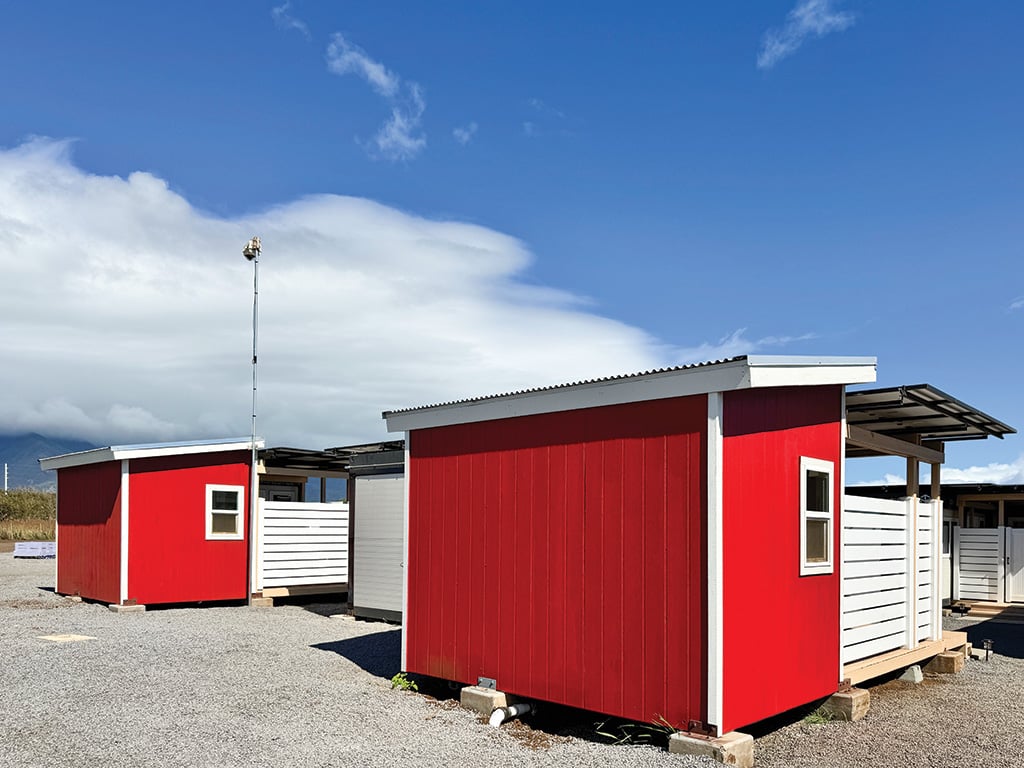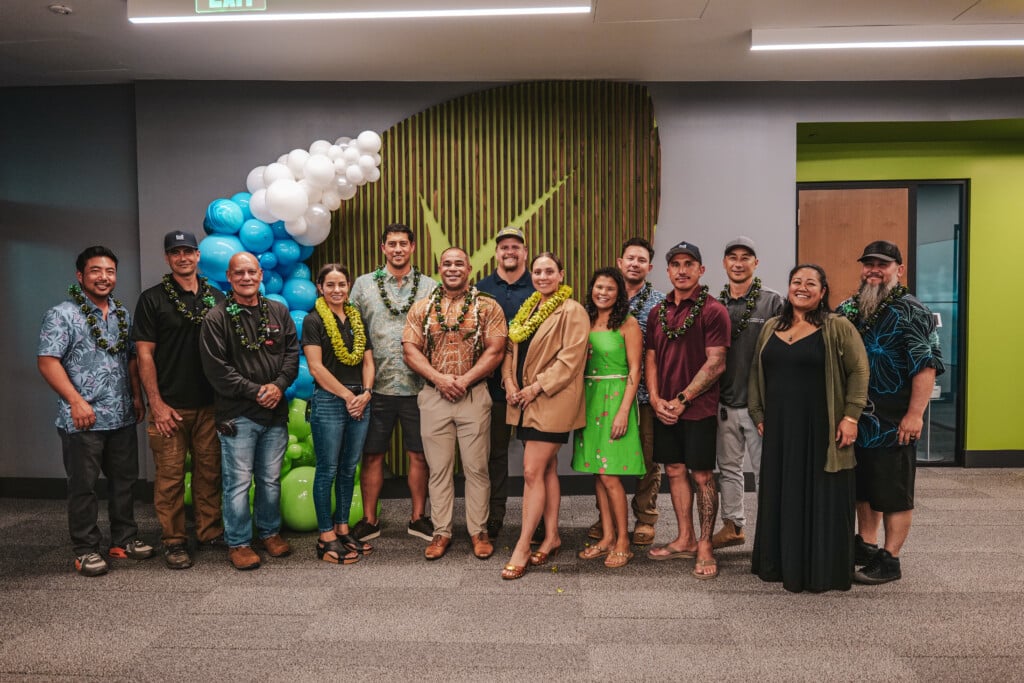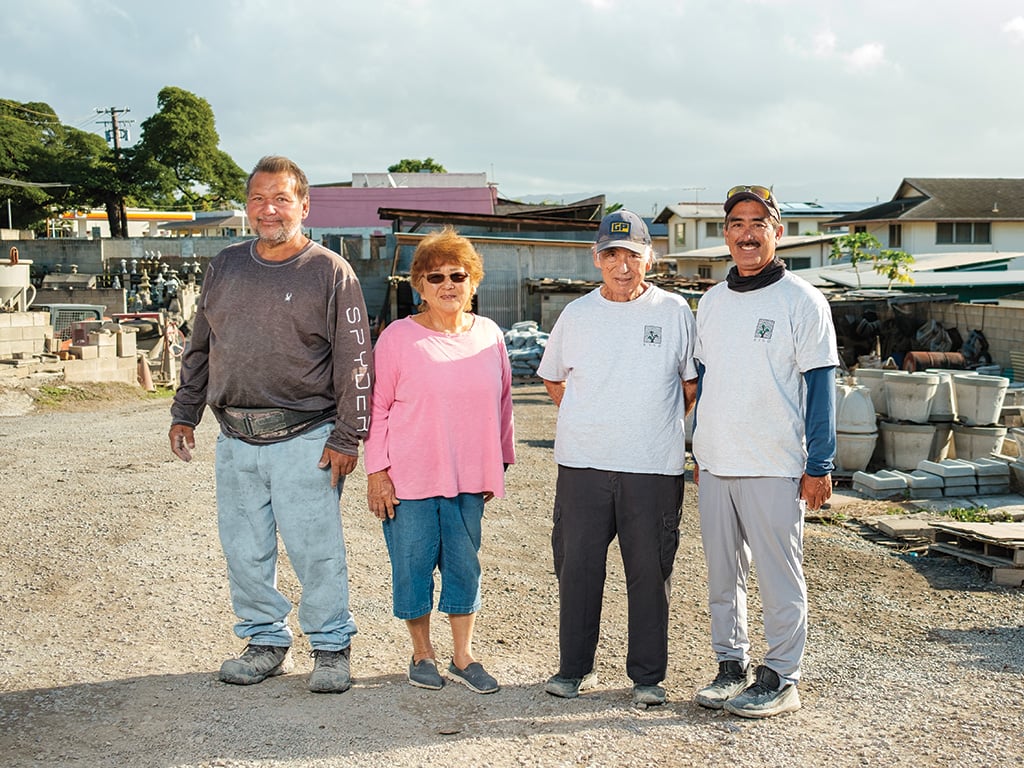Supporting Families After the Maui Wildfires
The Ohana Hope Village temporary housing project continues to grow with a hui of partners and resources.

A year after the Aug. 8, 2023, wildfire that destroyed Lahaina, Maui, finding housing for displaced survivors remains a challenge — but it’s one that civic advocates, building industry groups and volunteers are facing head-on at Ohana Hope Village.
David Sellers, chief planner of the temporary housing development and principal architect of Maui architecture and engineering firm Hawaii Off Grid, is well-versed in community-based projects. In addition to designing residential and commercial structures focused on sustainability and education, Sellers has been collaborating with the nonprofit Family Life Center for more than a decade on solutions to combat homelessness.
In early 2023, Sellers and his team checked out a 10-acre site in Kahului as a possible location for pallet shelters and services to assist the homeless. They found that the property didn’t have electricity or water, so they decided not to pursue the project.


Each unit at Ohana Hope Village includes bedding, a small living area and kitchen. Community partners and generous donors have made it possible to provide furnishings and appliances for residents. The property serves as transitional shelter for Lahaina wildfire survivors as they search for permanent housing.
“We were working with the YMCA to figure out another location,” Sellers recalls. “[It wasn’t] a big rush, but then the fire happened. Within a day or two, we were … trying to figure out what we were going to do to help, because we realized the magnitude of everything.”
Sellers returned to the site in Kahului and figured out a way to make it work with the knowledge and experience he gained in the American Institute of Architects Disaster Assistance Program. With the help of Family Life Center, numerous other companies across Maui and thousands of volunteers, Ohana Hope Village was born.
This off-grid community will eventually house about 500 people. Each of its pre-insulated homes has an exterior lanai, with landscaping fed by sprinklers that cost 90% less than traditional sprinkler systems. Ohana Hope Village also has on-site septic systems and runs on solar energy. “Everything is laid out on an east-west axis to maximize what we call passive solar design,” says Sellers. “We utilize technology and new strategies, techniques and ways of doing things.”
A community center where residents can connect is a key component of the property, says Sellers. “The idea with the community building is [to] have a gathering place where people can spend time together. We need to be conscious of how people actually live and how we can make that experience better for them.”
Native plants courtesy of ReTree Hawaii are available for residents to grow in movable planters. The hope is that when the residents eventually move back to Lahaina, they take the trees with them and plant roots for a new beginning.
As of our press date, Ohana Hope Village had 10 units completed, with nine occupied. A total of 88 units are scheduled to be built by the end of 2024. The community is funded completely by donations, which can be made online at ohanahopevillage.com.
Editor’s Note: This article has been slightly modified from the original print version for optimal online reading. To view the full print story, pick up your copy of Hawaii Home + Remodeling at one of our partner locations.






